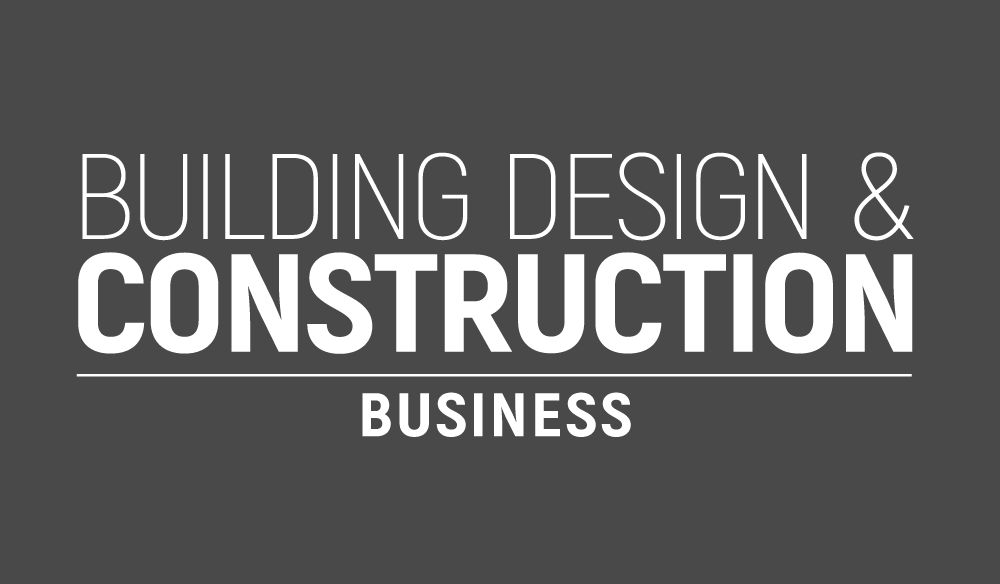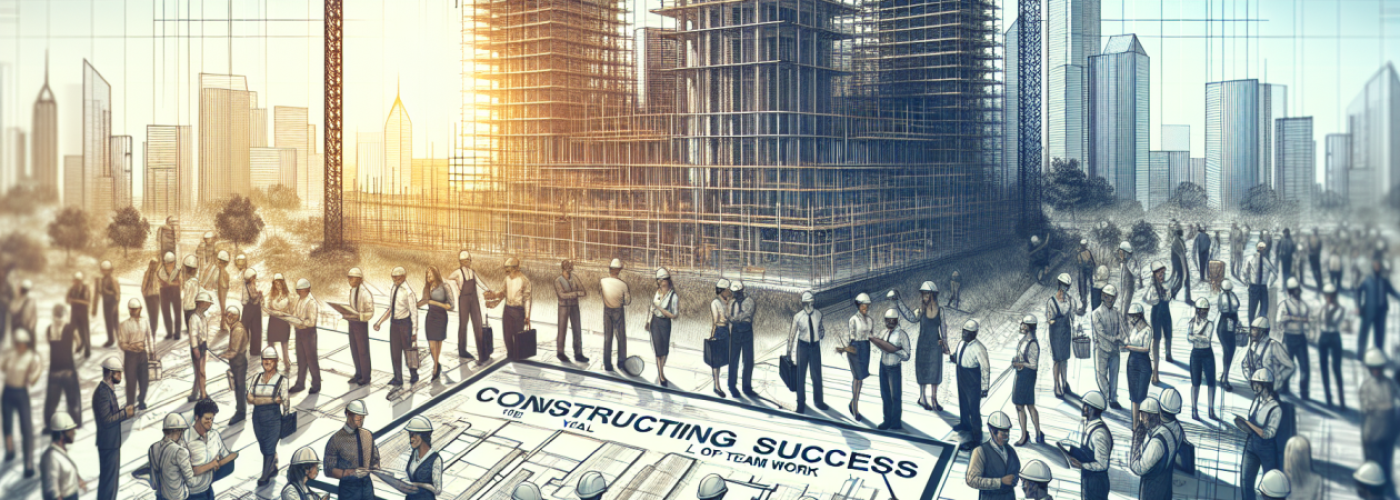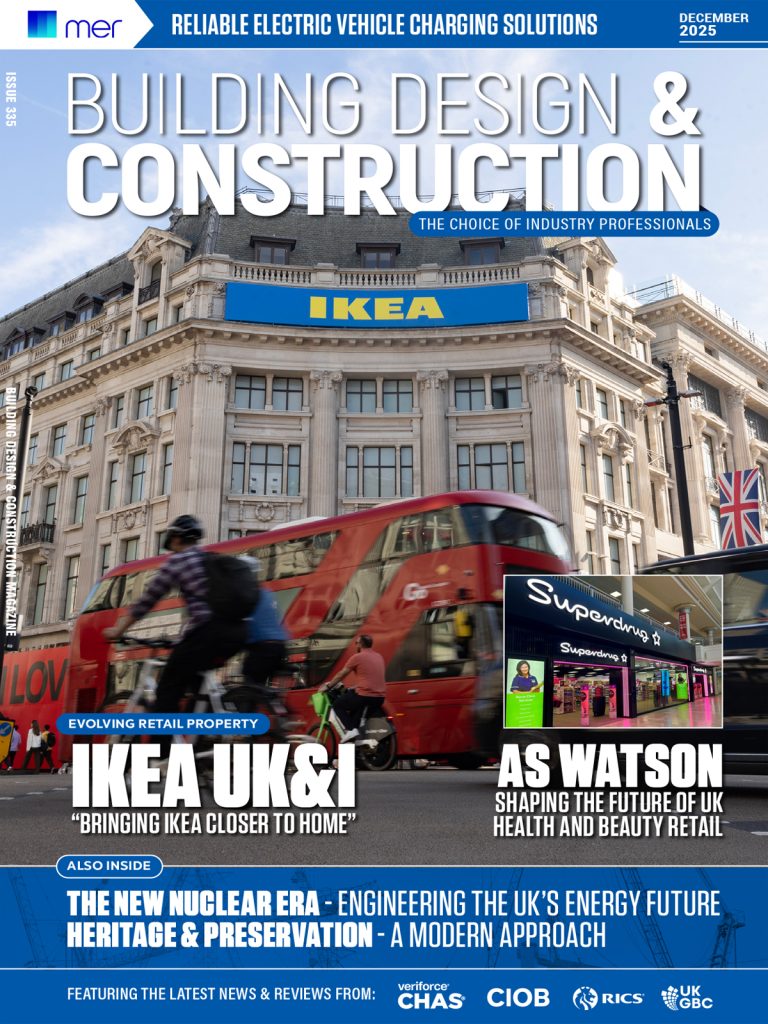Blueprints are no longer just about bricks and beams—they’re about batteries, bandwidth, and building intelligence. With energy systems now deeply woven into the fabric of modern construction, smarter builds demand smarter teamwork. When construction crews and energy experts collaborate from the ground up, the results are more resilient, efficient, and future-ready structures.
Prioritising Collaboration for Energy Storage Integration
Collaboration between construction and energy teams is essential for integrating energy storage solutions like BESS battery storage systems seamlessly into building designs. When both teams work together from the start, they can determine the optimal placement and size of the storage systems, ensuring efficient use of space and resources. This joint effort reduces the risk of costly adjustments down the line and ensures that energy systems align with the building’s long-term goals. Early coordination allows for smoother integration of energy storage technologies and supports the building’s overall energy resilience.
Establishing a Common Digital Language
To streamline communication between construction and energy teams, adopting a shared digital platform is essential. Building Information Modelling (BIM) allows both teams to visualise and manage designs in real-time, preventing potential clashes before they happen. Through BIM, energy systems can be designed and integrated into the building’s infrastructure seamlessly, ensuring that storage units, electrical systems, and renewable energy technologies are all considered together. Cloud-based tools facilitate collaboration, with updates available to both teams at any stage, ensuring everyone stays on the same page throughout the build.
Aligning on Regulations and Incentives
Energy regulations and building codes are evolving rapidly, especially when it comes to sustainability and energy efficiency. Close collaboration between construction and energy teams ensures that all legal requirements are met and that the project is positioned to take advantage of any financial incentives for clean energy solutions. This alignment on regulatory compliance—whether it’s local grid connections, carbon reduction targets, or green building certifications—helps streamline the permitting process and minimises delays. Moreover, joint knowledge of available incentives can unlock opportunities for additional funding or tax rebates, making the overall project more cost-effective.
Integrating Smart Technology for Long-Term Efficiency
The integration of smart technologies is key to enhancing a building’s energy efficiency. Smart meters, IoT sensors, and advanced load management systems require careful planning and coordination between both teams during the construction phase. These technologies allow the building to monitor energy usage, optimise heating and cooling, and balance energy loads automatically. With renewable energy generation systems like solar panels or wind turbines becoming increasingly common in modern builds, ensuring that smart technology is in place to manage the energy they produce is essential. A coordinated approach ensures that these systems not only work seamlessly but also contribute to the building’s long-term sustainability goals.
Final Thoughts: A Culture of Co-Creation
The future of smarter builds lies in fostering a culture of collaboration from the very beginning. Whether it’s integrating BESS battery storage or aligning on regulatory standards, bringing construction and energy teams together results in buildings that are not only sustainable but also more cost-effective and resilient. These cross-disciplinary partnerships are what will drive innovation in the industry and help create structures that are both adaptive and prepared for future energy challenges.





